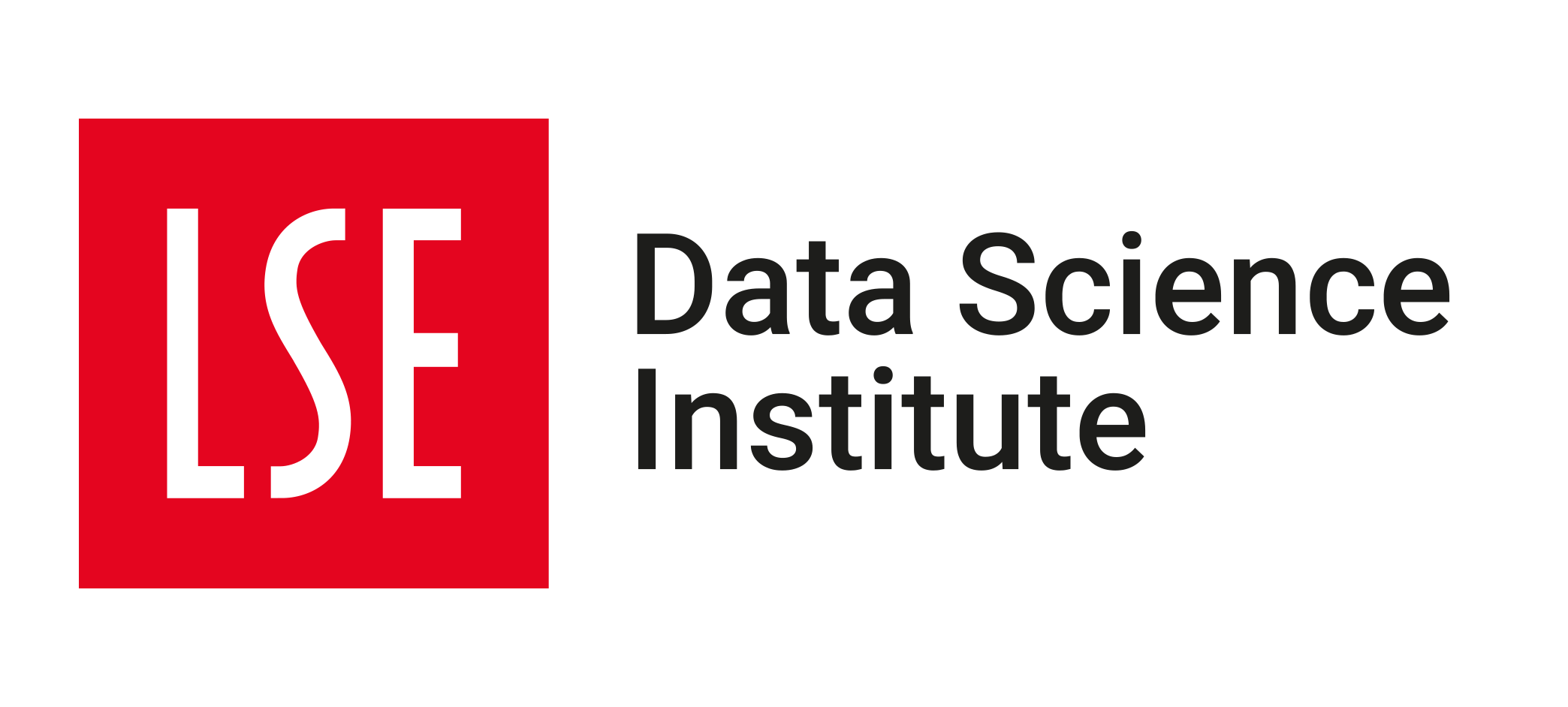

🖥️ Week 05 Lecture
Data Transformation and Visualization Design
📍 Logistics
Time and Location: Thursday, 30 October 2025, 16:00 - 18:00, CLM 5.02
Last week you struggled with nested np.where() in the W04 Lab when classifying weather. Today, you’ll learn a much cleaner approach through custom functions and how to summarise temporal data to reveal insights. Then we’ll apply these transformations to create compelling visualisations.
📋 Preparation
- Complete the 💻 W04 Lab (pair programming!)
- Start exploring ✍️ Mini-Project 1 (released last week)
- The skills you learn today will directly support your Mini-Project 1 work
🗣️ Lecture Overview
Part 1: From Loops to Functions (35 min)
- Why functions solve the nested
np.where()problem - Writing your own functions with
def - Using
.apply()to process entire datasets - When functions make code clearer
Part 2: Temporal Data & Grouping (35 min)
- Converting timestamps to datetime objects
- Extracting date components with
.dt - Using
.groupby()to summarise by year, month, day - Why summarisation makes patterns visible
BREAK (10 min)
Part 3: Visualization Philosophy (25 min)
- The
plot_dfpattern: prepare data, then visualise - Seaborn plot types: bar plots and line charts
- Narrative titles that state findings, not descriptions
Part 4: Bringing It Together (15 min)
- Complete workflow demonstration
- How this applies to Mini-Project 1
📓 Lecture Materials
Today’s lecture uses slides with a demonstration notebook for live coding. All materials will be available in your Nuvolos workspace under the week05/ folder, or you can download them directly below.
🎬 Lecture Slides
Use keyboard arrows to navigate. Select the slides below or view fullscreen.
Lecture Demonstration Notebooks
These notebooks accompany the slides with code examples you can run yourself.
Data Files
The lecture uses extended W04 Lab weather data (20 years of temperature and rainfall):
💡 Key Concepts
- Custom functions: Extract complex logic into testable, reusable code
.apply()method: Process entire datasets without explicit loops- DateTime operations: Convert timestamps and extract date components
.groupby()aggregations: Summarise data by categories or time periods- The plot_df pattern: Always prepare your plotting data first
- Narrative titles: State your findings, don’t describe the data
🔖 Appendix
Post‑Lecture Actions
- Review the lecture slides and notebook
- Complete the 💻 W05 Lab (seaborn styling focus)
- Continue working on ✍️ Mini-Project 1
- Attend W05 Lab and drop-in sessions
Useful Links
- 💻 W04 Lab (reference for nested
np.where()struggles) - 💻 W05 Lab (seaborn styling and plot types)
- ✍️ Mini-Project 1 (due W06)
DS105A Claude Project
- 📔 Syllabus
Looking Ahead
- Tomorrow (W05 Friday): Seaborn styling lab
- Mini-Project 1: Ongoing - keep collecting data and experimenting
- Week 06: Reading Week – focus time for Mini-Project 1 completion
- Deadline: W06 Thursday 8pm (submit via GitHub)
